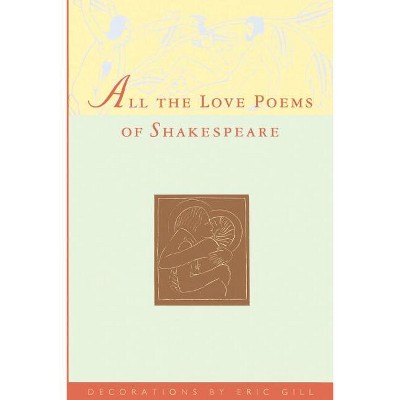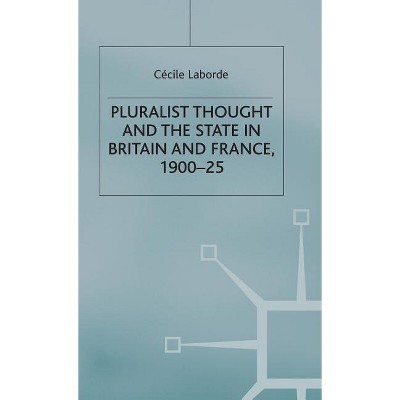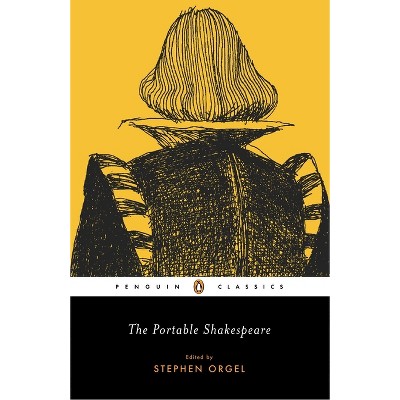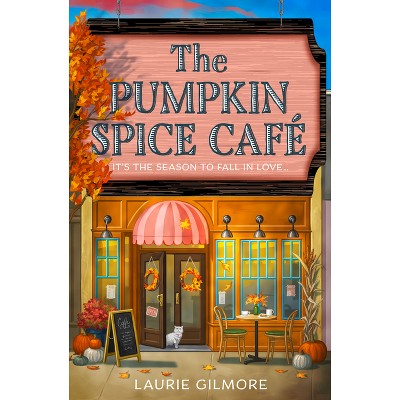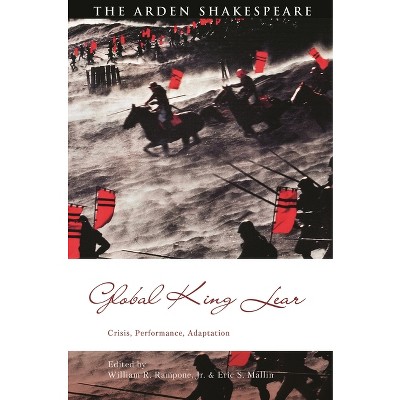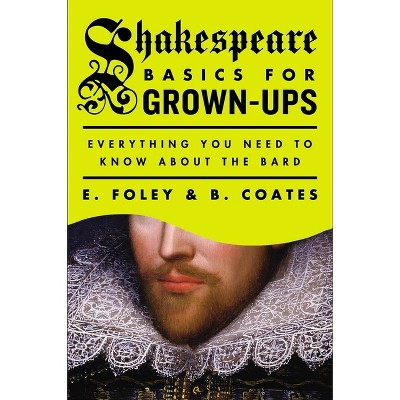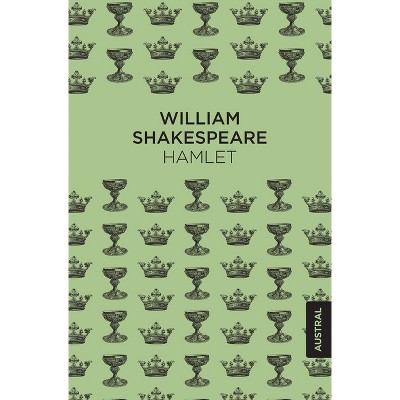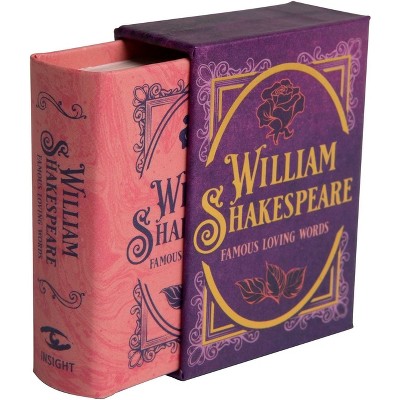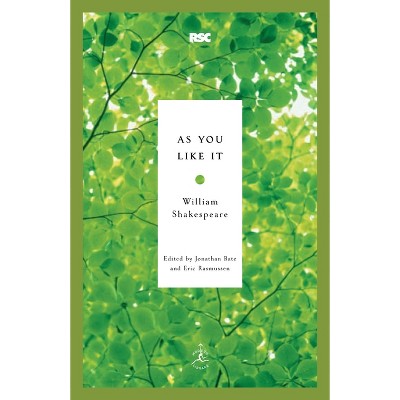Sponsored

Shakespeare's French Connection - by Margrethe Jolly (Paperback)
In Stock
Sponsored
About this item
Highlights
- Shakespeare most often locates his plays in Italy and England, and his third most frequent setting is France.
- About the Author: Margrethe Jolly, PhD, Brunel University, studied Hamlet alongside its French source and consequently wrote The First Two Quartos of 'Hamlet'.
- 257 Pages
- Literary Criticism, Shakespeare
Description
About the Book
"Shakespeare most often locates his plays in Italy and England, and his third most frequent setting is France. Indeed, nearly 70 scenes at a conservative count, and perhaps as many as 100, take place in France in a variety of significant geographical locations. French is also the foreign language Shakespeare uses most; he is sufficiently au fait with French to use it for puns and scatological jokes. He weaves in comments on French fashion, ways of walking, and skills in horsemanship, sword-playing and dancing. Not only does Shakespeare draw directly or indirectly upon French chroniclers but he also presents us with parts of French history. Many French characters people his stage; sometimes historical figures appear as themselves, and sometimes they are alluded to. And the plays demonstrate Shakespeare's reading in French literature and how that influenced him. This work shows us just how widely that French presence is evident in his plays. Other books and articles may focus on Shakespeare's familiarity with Italy, the bible, law, medicine, or astronomy, for example. This book adds to those, shining another spotlight on Shakespeare's remarkable knowledge and eclectic reading, confirming him yet again as a truly extraordinary Renaissance figure."--Book Synopsis
Shakespeare most often locates his plays in Italy and England, and his third most frequent setting is France. Indeed, nearly 70 scenes at a conservative count, and perhaps as many as 100, take place in France in a variety of significant geographical locations. French is also the foreign language Shakespeare uses most; he is sufficiently au fait with French to use it for puns and scatological jokes. He weaves in comments on French fashion, ways of walking, and skills in horsemanship, sword-playing and dancing. Not only does Shakespeare draw directly or indirectly upon French chroniclers but he also presents us with parts of French history. Many French characters people his stage; sometimes historical figures appear as themselves, and sometimes they are alluded to. And the plays demonstrate Shakespeare's reading in French literature and how that influenced him.
This work shows us just how widely that French presence is evident in his plays. Other books and articles may focus on Shakespeare's familiarity with Italy, the bible, law, medicine, or astronomy, for example. This book adds to those, shining another spotlight on Shakespeare's remarkable knowledge and eclectic reading, confirming him yet again as a truly extraordinary Renaissance figure.
Review Quotes
"Jolly focuses on Anglo-French interrelationships from the 12th century through Shakespeare's lifetime as a lens on all the history plays plus various others. The Bard's familiarity with the French language and culture is well established, yet this dense study adds significant documentation to his 'French connection.' ...recommended"-Choice
About the Author
Margrethe Jolly, PhD, Brunel University, studied Hamlet alongside its French source and consequently wrote The First Two Quartos of 'Hamlet'. Her passion for the plays and her love of literature teaching has tempted her to investigate more, and more, of the French elements in the Shakespeare canon.Shipping details
Return details
Trending Paperback Books




